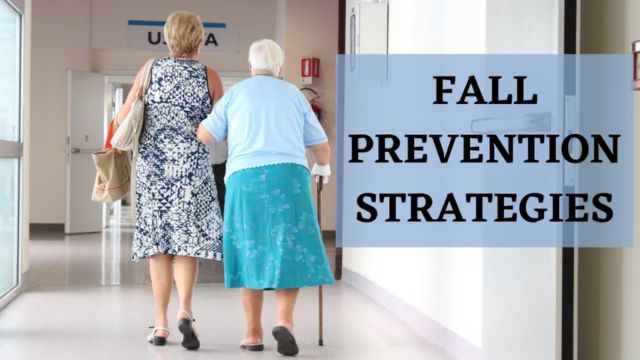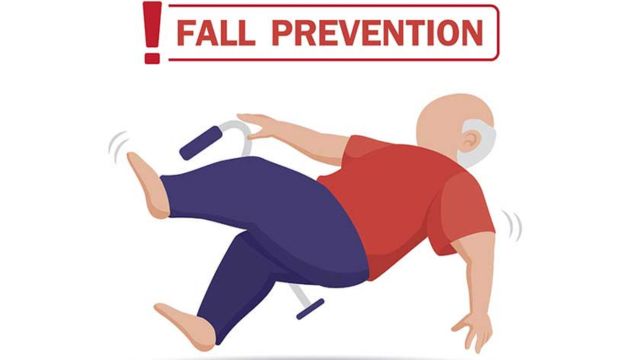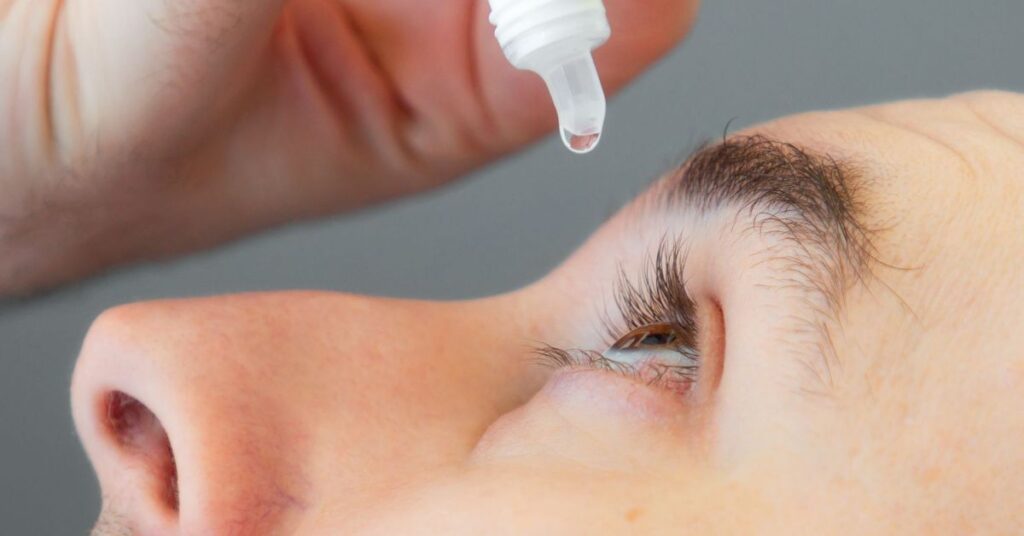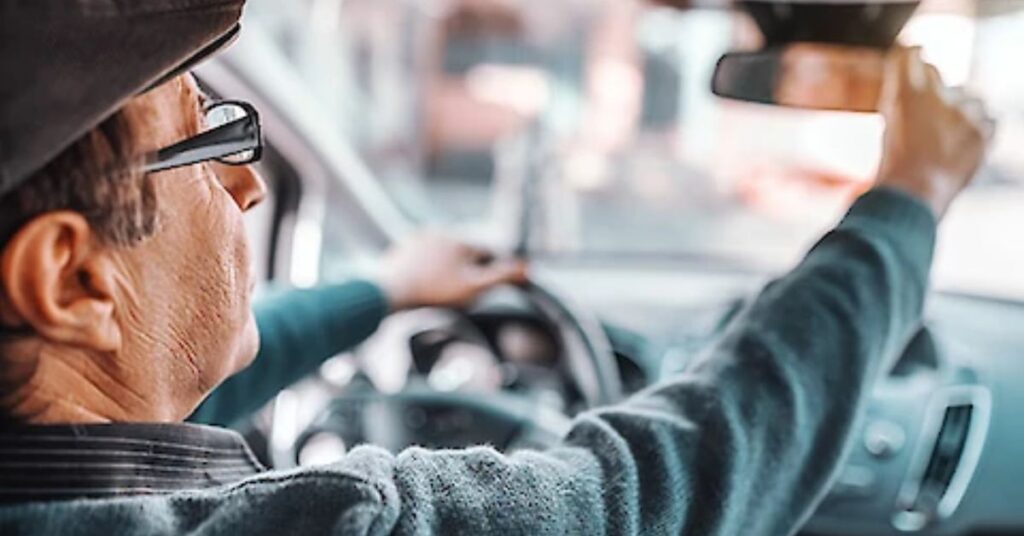Why Fall Prevention Is Crucial for Seniors
“Why is fall prevention such a big deal for seniors?” you may be wondering. That’s a really good question. Among elderly persons, falls rank among the most common causes of injury; the effects can be rather severe.
One in four seniors, did you know, have a fall annually. Broken bones, hospital stays, and sadly occasionally loss of independence can all follow from these falls.
The good news is though many falls may be avoided with the correct techniques. Simple steps taken now will help you remain active and independent for years to come and guard your health.
The first step in remaining safe is knowing why falls occur and how to stop them.
Common Causes of Falls in Seniors
You might be wondering, “What exactly causes seniors to fall? Is it just clumsiness, or is there more to it?” Great question! There are actually several common reasons why falls happen, and knowing them can help you avoid risks.
1. Physical Factors:
As we age, our muscles may weaken, and our balance can become less steady. Conditions like arthritis or dizziness also play a big role. So, it’s not about being clumsy—it’s about changes in your body that you can manage.
2. Environmental Hazards:
Sometimes, it’s the space around you that causes problems. Loose rugs, cluttered walkways, poor lighting, or slippery floors are all common culprits that increase the chance of tripping or slipping.
3. Medication Side Effects:
Certain medicines can cause dizziness or drowsiness. If you’re taking multiple medications, it’s important to talk with your doctor about any side effects that might affect your balance.
4. Vision and Hearing Problems:
If you can’t see or hear well, it’s easier to miss hazards like uneven steps or obstacles in your path. Regular eye and ear check-ups can make a big difference here.
By understanding these causes, you’re already a step ahead in preventing falls. Would you like me to share simple home modifications that can reduce these risks next?






Leave a Reply